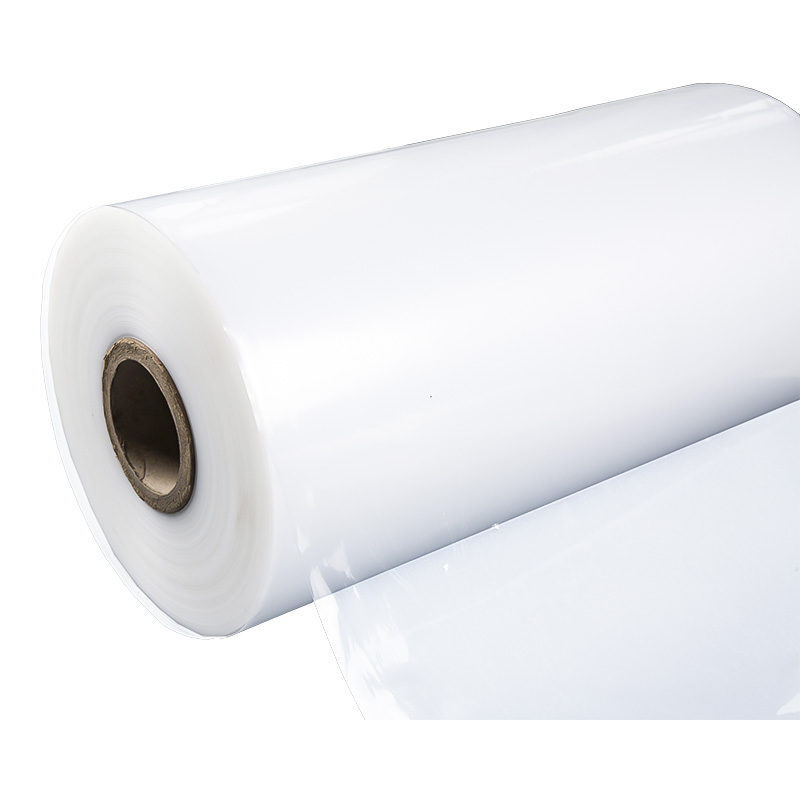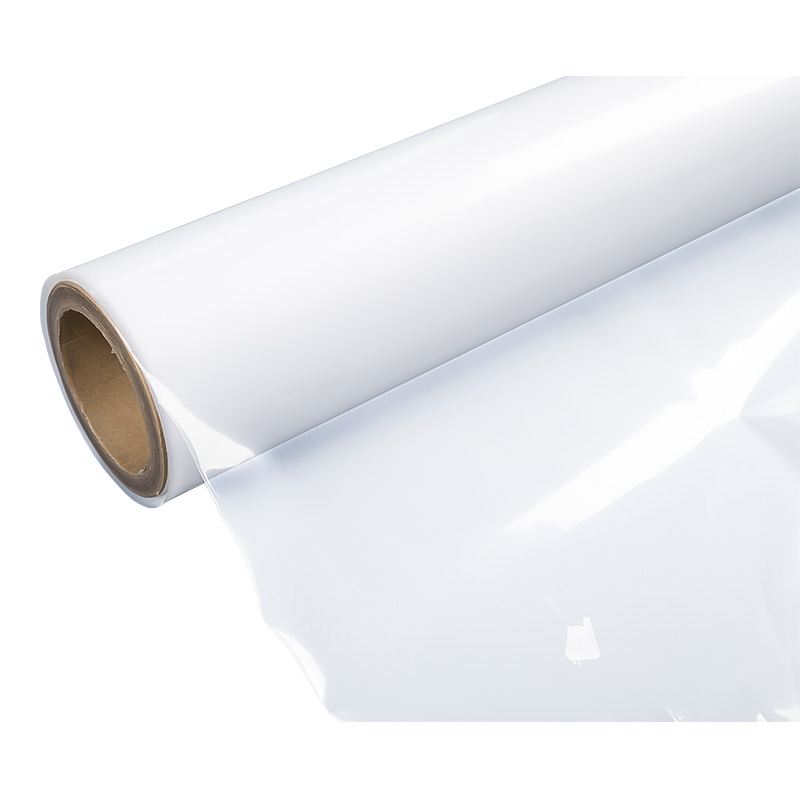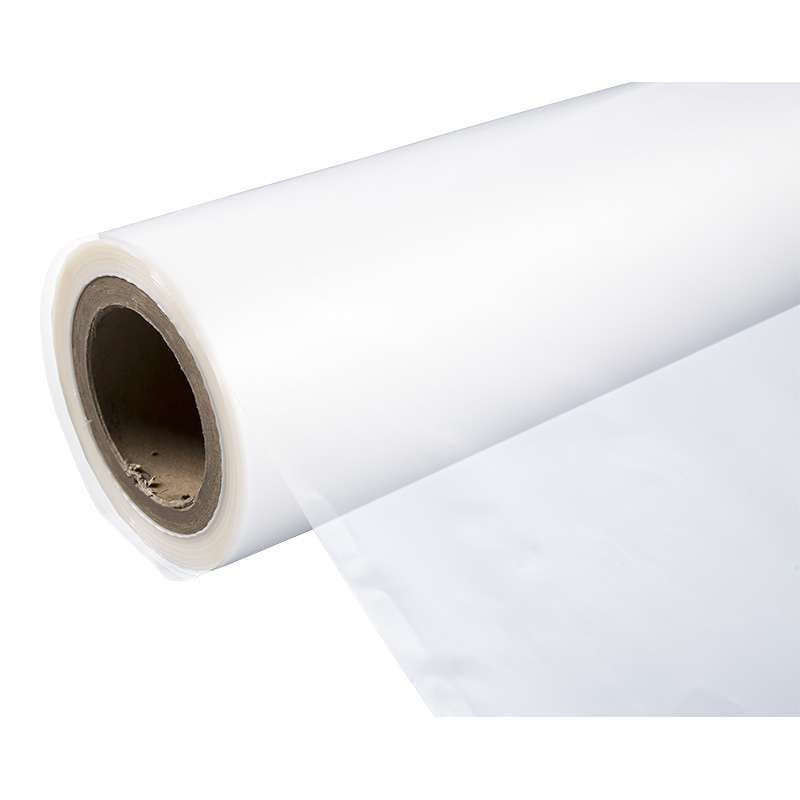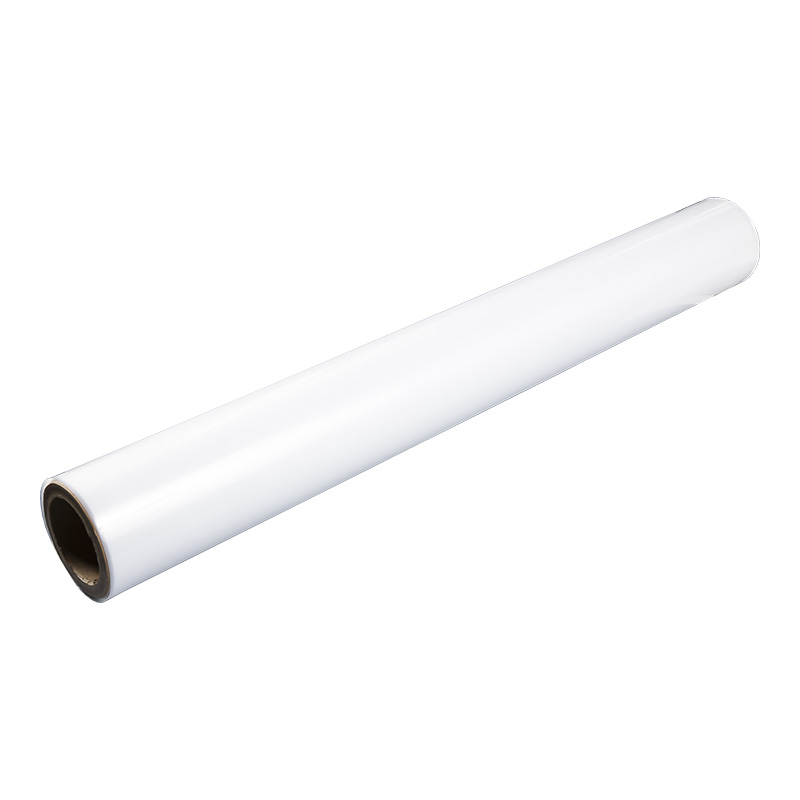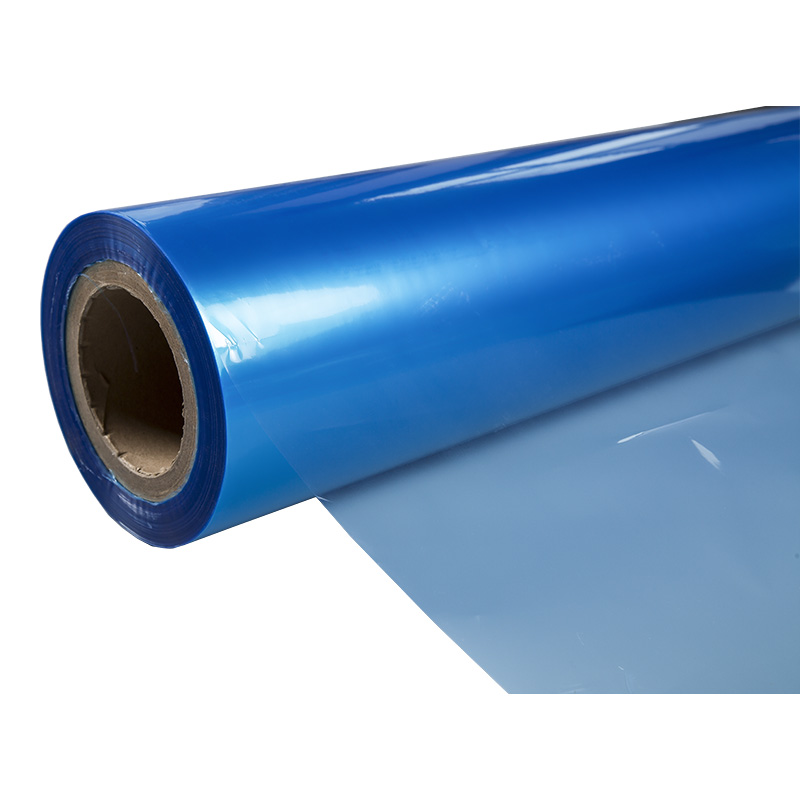1. Selection of sterilization method
It is necessary to select a suitable sterilization method according to the characteristics and requirements of Medical Packaging Film and the internal products. Common sterilization methods include radiation sterilization, dry heat sterilization, moist heat sterilization, ethylene oxide sterilization and ozone sterilization. Each sterilization method has its unique advantages and scope of application. For example, ethylene oxide sterilization is widely used for sterilization of medical devices due to its strong penetration and broad-spectrum bactericidal properties.
2. Performance requirements of packaging film
Medical Packaging Film needs to meet a series of performance requirements during the sterilization process to ensure that it can effectively block microorganisms and maintain the sterility of the product. These requirements include but are not limited to:
Microbial barrier performance: The packaging film should have good microbial barrier performance to prevent microorganisms from penetrating the packaging film and entering the interior during or after the sterilization process.
Air permeability: For some sterilization methods that require gas penetration (such as ethylene oxide sterilization), the packaging film should have a certain air permeability to ensure that the sterilization gas can fully penetrate and effectively kill microorganisms.
Heat resistance: During high-temperature sterilization, the packaging film needs to be able to withstand high temperatures without deformation or melting, and maintain the integrity of the packaging.
Chemical stability: The packaging film should be compatible with the chemicals used in the sterilization process (such as ethylene oxide) and should not produce harmful substances.
III. Setting and monitoring of sterilization parameters
During the sterilization process, various sterilization parameters need to be strictly set and monitored to ensure the sterilization effect. These parameters include but are not limited to:
Temperature and time: For moist heat sterilization, a suitable combination of temperature and time needs to be set to ensure the sterilization effect. For example, common moist heat sterilization conditions are 121°C for 15 minutes.
Radiation dose: For radiation sterilization, an appropriate radiation dose needs to be set to kill microorganisms in the packaging film and the internal products. The setting of radiation dose should be based on the characteristics of the product and the types of microorganisms that may be contaminated.
Gas concentration and exposure time: For ethylene oxide sterilization, the concentration and exposure time of ethylene oxide need to be controlled to ensure the sterilization effect and avoid residues.
IV. Verification and testing after sterilization
After sterilization, a series of verification and testing work needs to be carried out to ensure the sterilization effect. These tasks include but are not limited to:
Sterility test: Use sterility test methods (such as direct inoculation method, culture medium method, etc.) to detect whether the packaging film and the internal products have reached the sterile state.
Physical property test: Test whether the physical properties of Medical Packaging Film
have changed after sterilization, such as strength, toughness, transparency, etc.
Chemical residue detection: For sterilization methods using chemical sterilants (such as ethylene oxide), it is necessary to detect whether there are chemical residues on the packaging film and the internal products, and evaluate their safety.
Ensuring the effectiveness of medical packaging film during the sterilization process is a complex and rigorous process, which requires comprehensive consideration of the selection of sterilization methods, the performance requirements of packaging films, the setting and monitoring of sterilization parameters, and the verification and testing after sterilization. By strictly following relevant standards and operating procedures, it can be ensured that the medical packaging film maintains its effectiveness during the sterilization process, thereby ensuring the sterility and safety of medical devices and drugs. At the same time, with the continuous advancement of science and technology and the improvement of environmental awareness, the materials and sterilization technologies of medical packaging films will continue to be upgraded and optimized in the future to meet higher safety and sustainability requirements.
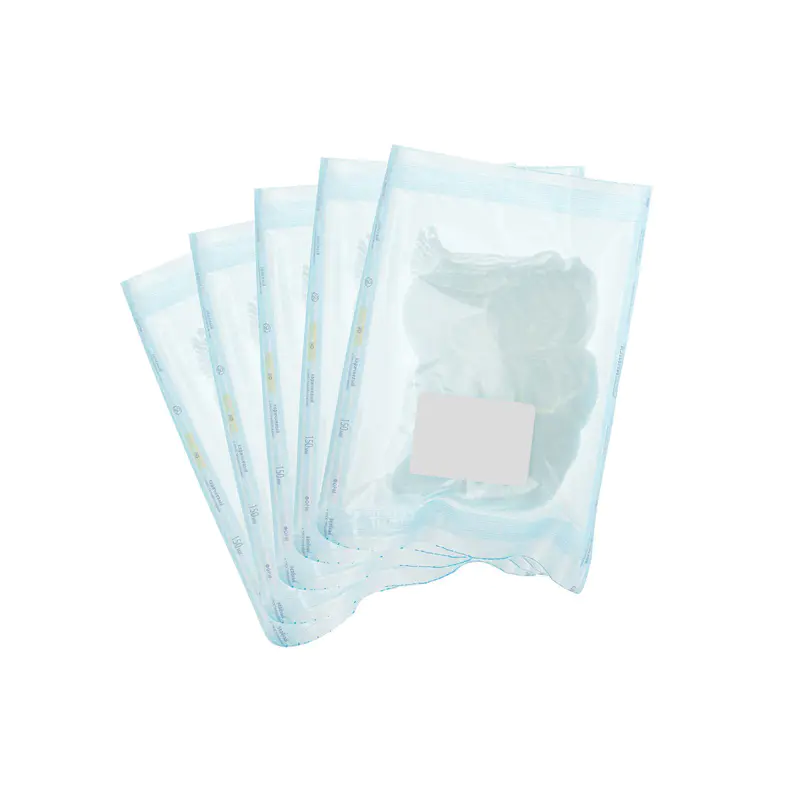
 +86 139-6715-0258
+86 139-6715-0258 
 Monday to Friday 8 am. to 6 pm.
Monday to Friday 8 am. to 6 pm. 
 English
English 中文简体
中文简体